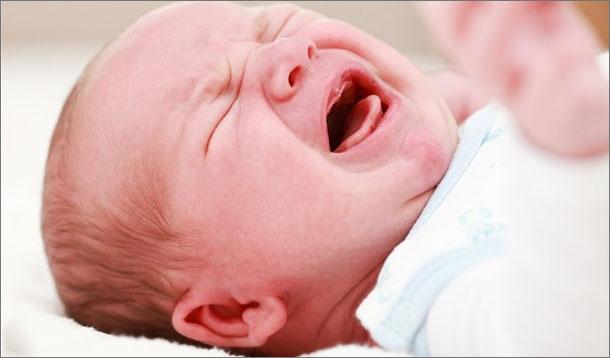
Another sleep study has come out, and with headlines like, “Let Babies ‘Cry It Out’” and “Mothers Should Leave Their Babies To Cry,” it has hit the media big time . . . gulp . . . and here we go.
Psychology professor Marsha Weinraub, who ran the study, didn’t write the above headlines, and I’m not sure this was the angle she was going for. Her findings were that the majority of infants in the study had fewer wakings—if any—when left to self-soothe.
The study does NOT suggest that in order for your child to self-soothe, crying it out is the only option. Of course that’s where it went, though, and you can’t blame people with headlines like the above. Suddenly the attachment parenting world wasn’t pleased, terms like self-soothe were attacked, and I’m wondering if Weinraub is bunkered in a safe house until the backlash dies down.
First let me address the “study.” As a sleep educator, I want to say: "Yes! Hallelujah! Another study that can support some of my teachings to parents! Amazeballs!" But I can’t. Not entirely. The study was conducted by having the parents report back their findings—it's called self-reporting. When I read this, I scratched my head—we don't know that all parents were consistent in the method they used, or if they told the truth of the outcomes. How could that be properly measured? What questions were asked? Were they answered concisely? We all need to start by taking a deep breath and taking these findings with a grain of salt. Unless Weinrab and her colleagues were there every night for the thirty months, personally logging each baby’s stir or cry, I’m not sure how concrete this study can be.
That being said, I am a sleep consultant and mother of three who did Cry-It-Out (CIO) with all of my children. Twins in surround sound—not fun! Some children do need to learn to sleep on their own in order to get the best restorative sleep possible, BUT (and it’s a big BUT) CIO is not the only way.
If you are happy with co-sleeping, rocking to sleep, or nursing to sleep, and you are all doing well, carry on. What I think this study was trying to explain is that interference can take on many forms and sometimes there is a need to train the parents as well as the child.
The sounds or whimpers, or even cries that your child makes, don’t always mean that the child needs to be fed or soothed to sleep. When consistent night wakings are interfering with you and your child’s healthy sleep requirements, and in turn your daily lives, then some decisions need to be made. If you are ready to try sleep training, know that there are different methods out there and no one—including myself—should push CIO on anyone.
Do your research—read, talk to your Doctor, or speak to a Sleep Professional (we’re not all out to get you to CIO). Choose what will work best for you and your partner, but most importantly, use the method your child responds to best.